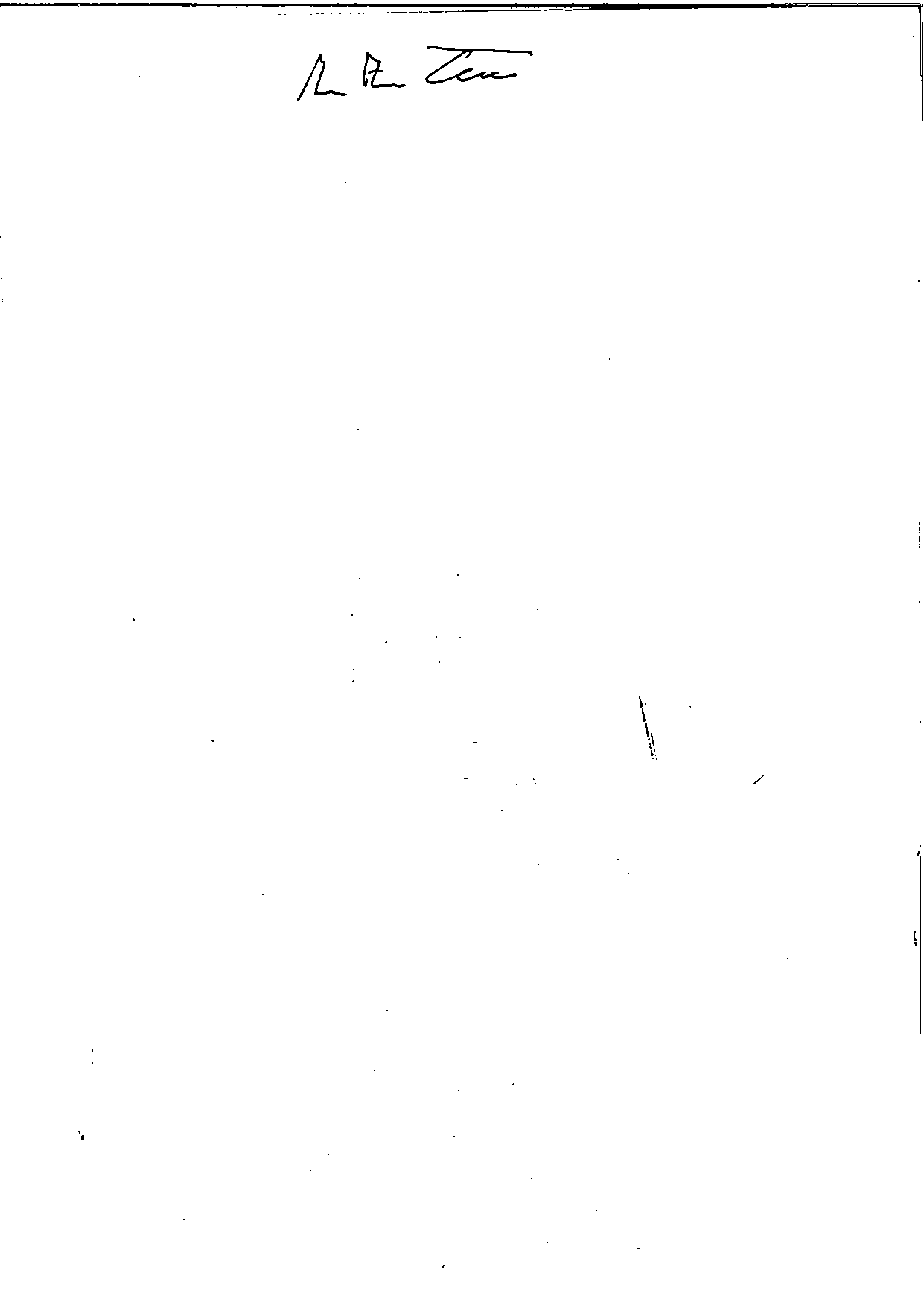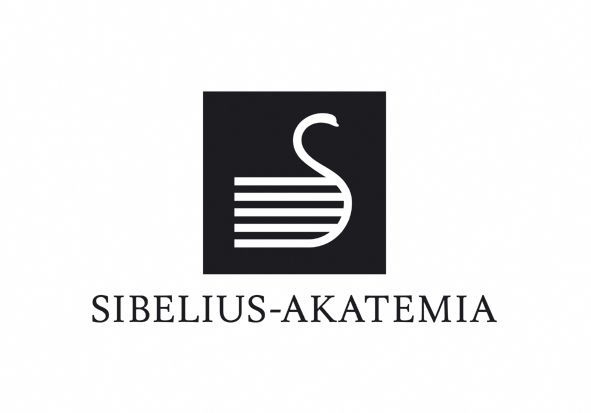UNCETDG21INF15 COMMITTEE OF EXPERTS ON THE TRANSPORT OF
UNCETDG21INF15 COMMITTEE OF EXPERTS ON THE TRANSPORT OF
LIMITED QUANTITY PLACARDING
UN/CETDG/21/INF.15
Committee of Experts on the
Transport of Dangerous Goods
(Twenty-first session,
Geneva, 4-13 December 2000,
agenda item 2(b))
WORK OF THE SUB-COMMITTEE OF EXPERTS
ON THE TRANSPORT OF DANGEROUS GOODS
Draft amendments to the Model Regulations
Observations on document ST/SG/AC.10/2000/10 presented by
the experts from Australia, Germany and Sweden
Limited quantity placarding
Transmitted by the International Association of the Soap, Detergent
and Maintenance Products Industry (AISE)
The proposal requires that:
a class placard should be displayed for limited quantities of one class only
an LQ placard should be used where there is more than one class of goods.
a) This proposal to use “LQ” to denote a mixed load of Limited Quantities is not consistent with package labelling as described in the new para.3.4.8. In order to avoid confusion it is suggested that this question should be reviewed.
b) Bearing in mind that it has been assumed up to now that goods packaged as Limited Quantities pose a lower risk than those in larger quantities which require UN certified packagings, a number of practical problems should be considered:
Single Substances
A Class placard will be required when goods of the same Class are in vehicles/containers irrespective of the way in which they are packaged. e.g. IBCs, UN certified packagings or Limited Quantities.
This initial warning, which does not identify the nature of the load beyond its class, means that further information is needed which should be obtainable from the documentation.
The availability of documentation may vary according to the mode. For example, on a sea journey the documents will be held apart from the goods and may be readily accessible unless the vehicle/container is lost overboard. Divers or Emergency Services who deal with goods washed ashore and services dealing with road incidents may have more difficulties. One demonstration by a fire service at a road incident showed that the fire crew would not approach a vehicle with a leakage of goods until it could identify the UN Number and Proper Name of the goods. Although these details were in the driver’s cab, the crew would not approach it.
However, assuming that the documentation is available, note should be taken that goods described under 3.4.9 (retail packages) may not be documented but are not excluded from classification and the proposal does not exclude them from placarding.
If a transport unit carries Fireworks (UN 0337), a Class 1.4S placard is not required yet all other hazard Classes must be marked.
Neither IMDG nor ADR requires segregation of 1.4S from other Classes.
If UN 0337 (Class 1.4S) were to be consigned with Class 3, a Class 3 placard only would be displayed.
Question: Why should 1.4S be treated differently from Limited Quantities?
Consider this freight container load:
UN 1495 Sodium Chlorate Class 5.1 PG II in 2 kg receptacles (normal load)
UN 1300 White Spirit Class 3 PG III in 5 litre receptacles (Ltd.Qty.)
The container would be required to display the Class 5.1 placard because this consignment is not in Limited Quantities.
It would, presumably, also be required to display the Class 3 placard because this consignment, although in Limited Quantities, is not a mixed load of Limited Quantities (see Proposal 2(c))
Question: Would this cause confusion for sea transport stowage? Segregation “Separated from” is required for Class 3 in conjunction with Class 5.1 but derogation does not apply to Limited Quantities under 3.4.4.2.
However, this statement seems to be open to interpretation.
a) If the derogation does not apply to Limited Quantities transported with “normal” consignments the display of two placards may be misleading for handlers.
If the derogation does apply when Limited Quantities are consigned with “normal” consignments the display of Class 3 and 5.1 placards indicates that the container should not be accepted. Identification of the Classes is obscured when more than one Class of Limited Quantities is consigned (see 4 below).
Which labels should be displayed for goods with a subsidiary risk?
Consider this consignment:
UN 1791 Hypochlorite Solution Class 8 (normal load)
UN 1230 Methanol Class 3 Sub-risk 6.1 (Ltd. Qty.)
4. Mixed load
Proposal 2 refers to mixed Classes of Limited Quantities but does not take account of loads which comprise “normal” and “Limited Quantity” consignments.
Consider the following load:
UN 1495 Sodium Chlorate Class 5.1 PG II in 2 kg receptacles (normal load)
UN 1300 White Spirit Class 3 PG III in 5 litre receptacles (Ltd.Qty.)
UN 2623 Firelighters, Solid Class 4.1 PG III in 5kgs receptacles (Ltd.Qty.)
A Class 5.1 placard is required for UN 1495 and an LQ placard is required to cover UN1300 and UN 2623 because this is a mixed consignment of Limited Quantities. Any guidance to segregation would be hidden by the LQ placard. IMDG segregation of 5.1 from 3 is different from that of 5.1 from 4.1. If the IMDG interpretation does not permit segregation between “Normal Load” and Limited Quantities (see 2(a) above) these placards should not appear together.
________
Tags: committee of, experts, uncetdg21inf15, transport, committee
- BOLETÍN DE INSCRIPCIÓN SI DESEAS COLABORAR CON ADANER RELLENA
- HOJA DE VIDA NOMBRES Y APELLIDOS COMPLETOS TU FOTO
- FORMULACIÓN INORGÁNICA COLEGIO NUESTRA SEÑORA DEL PRADO INTRODUCCIÓN LA
- WNIOSEK SOŁECTWA W SPRAWIE PRZEZNACZENIA ŚRODKÓW FUNDUSZU SOŁECKIEGO (PIERWOTNY)
- PRIME MINISTER’S OFFICE COMMUNICATIONS DEPARTMENT JULY 21 2009 TRANSCRIPTION
- PROTOCOLO (USO EXCLUSIVO DO SEMAE) REQUERIMENTO DE DEVOLUÇÃO DA
- ARCHIVED INFORMATION CRITICAL ISSUES IN SCHOOLS TODAY WHAT HIGH
- LOS SOCIOS DE CEA SE BENEFICIAN DE HASTA
- VIDEO 7 LA DESTILACIÓN ¿QUÉ PREPARAMOS ACÁ? ESTAS SON
- G MINA SZYDŁOWO TEL (067) 211 55 11 (067)
- PROFESSOR PONTUS TROBERG HANKEN SCHOOL OF ECONOMICS EDUCATION PHD
- RECIBIDO DPTO RRHH SOLICITUD DE ANTICIPO APELLIDOS Y
- OPĆINSKO VIJEĆE KLASA 40008170115 URBROJ 2117041708 STON 15 PROSINCA
- LES TENDANCES ALIMENTAIRES 2016 AUX ETATSUNIS 26012016 SI LA
- ZAŁĄCZNIK NR 1 DO UCHWAŁY NR 118827917 ZARZĄDU WOJEWÓDZTWA
- CHANGED TO IP [IP2] STATUS ACPWGN AND SGN3 MEETINGS
- ENDUSER LICENSE AGREEMENT PLEASE READ CAREFULLY BEFORE USING THIS
- GÖTEBORGS UNIVERSITET INSTITUTIONEN FÖR PEDAGOGIK OCH DIDAKTIK PDA 107
- KULLANMA TALİMATI UPADİL 50 MG10 ML IV ENJEKSIYONLUK ÇÖZELTI
- ISTRAŽIVANJE “FINANSIRANJE MEDIJA NA JEZICIMA MANJINSKIH NACIONALNIH ZAJEDNICA U
- HOUSEHOLD VEHICLE TYPE HOLDINGS AND USAGE AN APPLICATION OF
- EXPERIMENTS ON ETHICAL DILEMMAS AN INTERDISCIPLINARY WORKSHOP PARTICIPANT LIST
- METROPOLITAN INTERLINK PROCEDURA DE MĂSURARE A PARAMETRILOR ASOCIAŢI INDICATORILOR
- MY FAVOURITE ANIMAL THE CROCODILE A CROCODILE IS ANY
- KÖNYVTÁR BMFGAZDMENDATASTATISZTIKA I FÕMAPPA STATISZTIKA I FÁJL
- THE CHILD CENTER OF NY (FORMERLY QUEENS CHILD GUIDANCE
- [SOL546] PARALLEL CONNECTIONS WITH JDBC CREATED 04042017 UPDATED 01102020
- GUÍA DE RETINOL Y AHAS BHAS Y PRODUCTOS
- SŁUPSK DNIA PIECZĘĆ SZKOŁY SKIEROWANIE STOSOWNIE
- SG2(PD)N57R6 PROPOSED DOCUMENT GLOBAL HARMONIZATION TASK FORCE TITLE MEDICAL
DISTRICT LIST – APRIL 2019 AMBULANCE DISTRICTS
 MAKING GAMES IN SCHOOLS PROJECT 20092010 INFORMATION FOR
MAKING GAMES IN SCHOOLS PROJECT 20092010 INFORMATION FORDK3P 04 (HSC393) PREPARE IMPLEMENT AND EVALUATE AGREED THERAPEUTIC
EGE ÜNİVERSİTESİ SAĞLIK BİLİMLERİ FAKÜLTESİ 20212022 EĞİTİM ÖĞRETİM DÖNEMİ
 O GRILO DEPOIS DA MANHÃ CHUVOSA O SOL JÁ
O GRILO DEPOIS DA MANHÃ CHUVOSA O SOL JÁCONSILIUL MUNICIPAL ORHEI PROIECT D E C I Z
LA RENTA DE SOLIDARIDAD ACTIVA EN FRANCIA ¿ES LA
 0 ZAGREB 16 OŽUJKA 2017 IZJAVA BROJ 1 –
0 ZAGREB 16 OŽUJKA 2017 IZJAVA BROJ 1 –ĮSKAITOMAS (SUMOKAMAS VMI) IMPORTO PVM KURIS APSKAIČIUOTAS 1) MUITINĖS
 OBČINA ČRNA NA KOROŠKEM CENTER 101 2393 ČRNA
OBČINA ČRNA NA KOROŠKEM CENTER 101 2393 ČRNAJOHN RAWLS AZ IGAZSÁGOSSÁG ELMÉLETE (111§) TÁRSADALOM OLY EMBEREK
LA DIABETES EN EL EMBARAZO MANEJO DE LA DIABETES
ZAŁĄCZNIK NR 1 DO UMOWY OFERTA NA MATERIAŁY BIUROWE
 LEY 11996 DE 3 DE ABRIL DE GESTIÓN DE
LEY 11996 DE 3 DE ABRIL DE GESTIÓN DE VICERRECTORADO DE INVESTIGACIÓN Y TRANSFERENCIA PROGRAMA I PROGRAMA DE
VICERRECTORADO DE INVESTIGACIÓN Y TRANSFERENCIA PROGRAMA I PROGRAMA DE KUVATAIDEKOULUT KUULUVAT KAIKILLE! TAITEEN PERUSOPETUSLAIN (6331998) JA KUVATAITEEN YLEISEN
KUVATAIDEKOULUT KUULUVAT KAIKILLE! TAITEEN PERUSOPETUSLAIN (6331998) JA KUVATAITEEN YLEISEN DISTRIBUTED LEADERSHIP AS FASHION OR FAD THIS ARTICLE BRIEFLY
DISTRIBUTED LEADERSHIP AS FASHION OR FAD THIS ARTICLE BRIEFLY ส่วนที่ 1 บริษัทที่ออกหลักทรัพย์ 1 ข้อมูลทั่วไป บริษัท กุลธรเคอร์บี้ จำกัด
ส่วนที่ 1 บริษัทที่ออกหลักทรัพย์ 1 ข้อมูลทั่วไป บริษัท กุลธรเคอร์บี้ จำกัด 7 Supplementary Material (esi) for Chemical Communications This Journal
7 Supplementary Material (esi) for Chemical Communications This Journal ENDELIG VERSION AUGUST 2010 LÆSEPLAN MASTER I REHABILITERING MR
ENDELIG VERSION AUGUST 2010 LÆSEPLAN MASTER I REHABILITERING MR